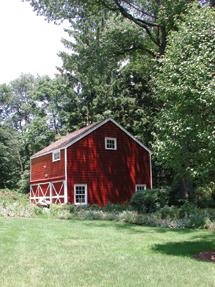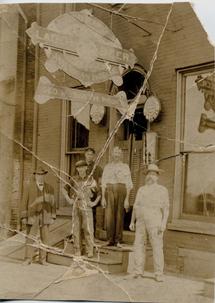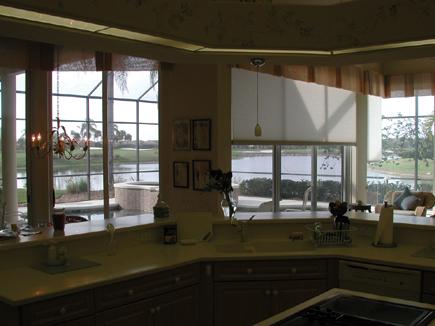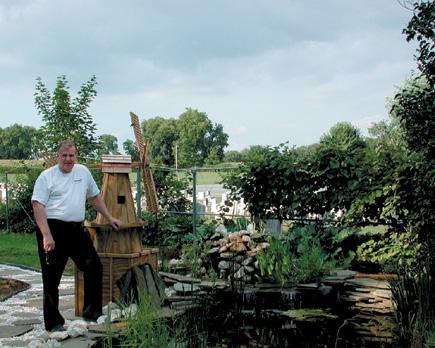Darryl C. Nicholas
|
May 01, 2007
|
Jul 12, 2006 |
First Published: Jul 01, 2006
|
Jan 01, 2006
|
Oct 01, 2005
|
Jul 01, 2005 |
First Published: Jun 13, 2005
|
Jun 01, 2005











